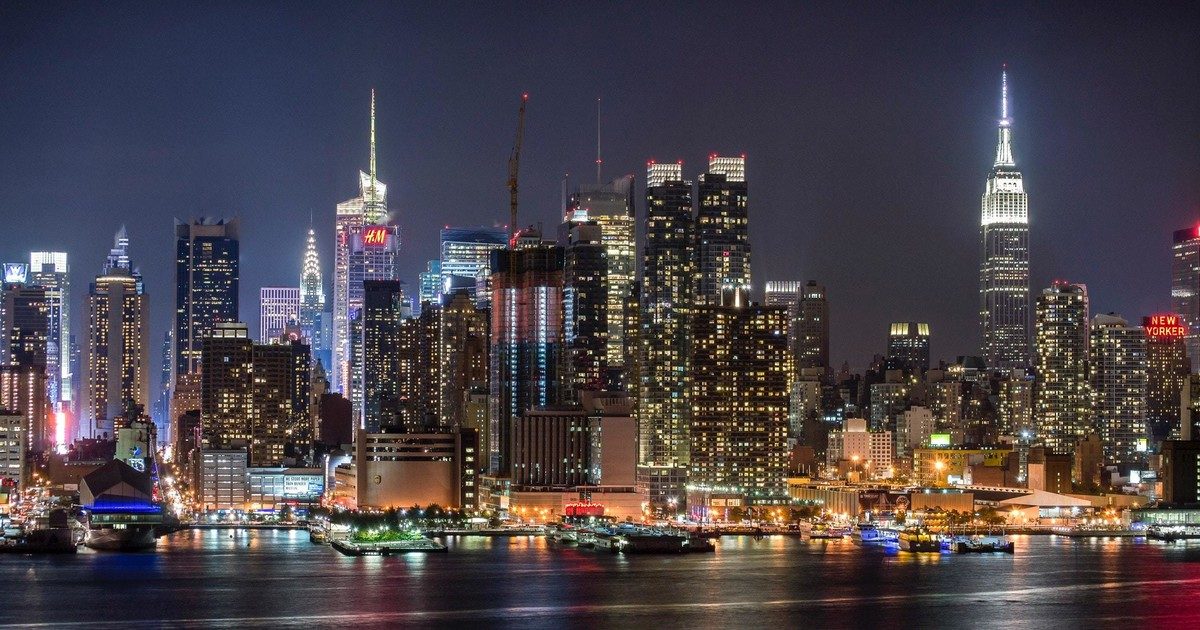In “Places of Privileged Consumption: Spatial Capital, the Dot-Com Habitus, and San Francisco’s Internet Boom,” Ryan Centner interviews dot-com workers in San Francisco and examines how their spatialized consumption practices formed exclusionary places of privilege during the city’s millennial boom of internet companies. “In Parkour and the City: Risk, Masculinity, and the Meaning in a Postmodern Space, Jeffrey Kidder examines the growth of the sport Parkour and the phenomenon of a globalized community via the internet. Spatial capital as defined by Ryan Centner is “the capacity to stake exclusionary claims, perceived by others as socially legitimate, on urban space that could reasonably be open to others who were not participating in the new economy.” Both readings analyze the different ways both the dot-com workers and Parkour traceurs seem to claim spatial capital.
There was a distinct difference in definition between “space” and “place” as noted in Kidder’s writing, which prompted my expert question of considering different community “places” we have read about, and what these communities have done to build their “place.” Spaces are able to be transformed into many different places through different motives and different ideas. In response to my question I posed regarding different community “places” we have read about, a student immediately brought up the defined communities in Vargas’ Wounded City. Many of the unexpected alliances created were there to produce and maintain social order, but all also seemed to create a sense of community in an unorthodox fashion. These gangs claimed spatial capital through turf wars and social capital through the unspoken social legitimacy of the “code of silence.” This is a stark contrast to the gentrification of dot-com workers and Parkour participants. Dot-com residents seem to be self-segregating themselves, only networking to those who are similar. These strong ties being formed connect to our class’ lecture in the fact that this leads to further fragmentation due to their exclusivity, and thus inevitability changes the cultural dynamics of spatial capital spaces. They in a way are similar to Chicago’s gang places in the idea that these places are becoming more about “who you know”, rather than a shared sense of “what you know.” Would one consider the dot-com residents a form of supergentrifiers, an idea discussed in class?
An interesting change noted with the rise of Parkour is that people are not necessarily forming communities the same way. The relationships created through these online communities offset the declining significance of place, or rather the cultural significance attributed to spaces. I find it extremely interesting that networks of interpersonal ties could provide such a sense of belonging to a social identity, and people are no longer limited or restricted to neighborhood proximity. In the social media and internet realm of Parkour, this is considered a weak tie where information is quickly spread to a greater diversity of people. Social cohesion is maintained, through this feedback of virtual and reality worlds. I am wondering, however, to what extent can these online communities replace established communities purely based on a shared interest? These weak ties may fail to develop the commitment, trustworthiness and reciprocity that facilitates the maintenance of social capital. I wonder, is this rise of internet communities going to help us in the long run, or continue to emphasize superficiality?
